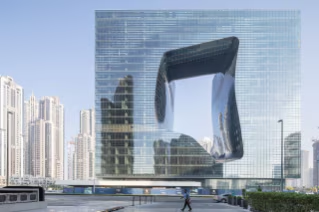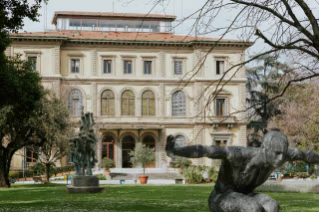That said, a certain value develops around the anti-Icon: the overlooked, the hole-in-the-wall, the before-it-gets-discovered, the once-discovered-now-forgotten, or the beautifully decomposing. In face of Urban Celebrity, symbols of anonymity, or grittiness as opposed to glossiness, can carry with them a certain pride or romanticism. But when the anti-Icon fronts the same magazine covers and tops the same pedestals as the Icon, it becomes a paradox and cliché in itself: consider the phenomenon of "ruin porn" (and the backlash against it), in which hard-hit cities like Detroit are photographed for their deserted and depressed urban remains. Is it appropriate to celebrate the Anti-Icon? When (if ever) does documentation of place equate with its exploitation?


A viewer senses just how serious the curators were when they promised to deliver "alternative viewpoints" — indeed, this exhibition is cohesive in concept, but not in vision, which is exactly the point



WUHO Gallery
Los Angeles
Through 25 March 2012

The Pipe collection, between simplicity and character
The Pipe collection, designed by Busetti Garuti Redaelli for Atmosphera, introduces this year a three-seater sofa.











